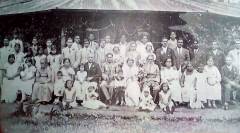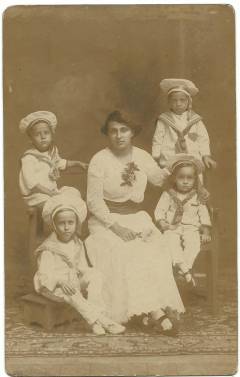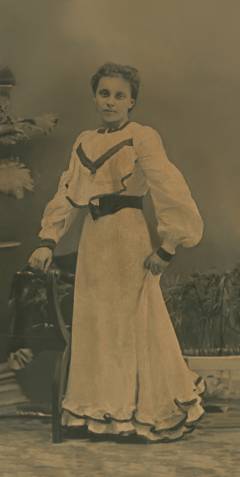Having knowledge of a country’s minimum age of marriage can be incredibly useful in genealogy research. It not only sheds light on family relationships and dynamics but also helps establish the lower age limit for an individual’s date of birth, especially when the date of marriage is known, but the age at marriage is unknown. This information can be crucial in creating a more accurate family tree and understanding the cultural and social context of the time.
Dutch Period: The Age of Unconventional Matrimonial Rules
The Roman-Dutch law system stated that the minimum age of marriage for a male and female was 14 and 12 years respectively. This regulation would have been applicable to Dutch citizens, Portuguese descendants, and local Christian converts. The application of the Roman-Dutch Law in the Maritime Provinces was not strictly enforced. The Roman-Dutch Law required the consent of parents or guardians to a marriage where the male was below 25 years or the female below 20 years.
British Period: Age and Origins Matter
In 1849, an ordinance was passed that set specific age requirements for a marriage to be considered valid. For Europeans and Burghers, the male party must be at least 26, while the female party must be at least 14. For other ethnicities, the parties had to be at least 10 years old. Consent of parents or guardians was required if parties were under 21 years of age in the case of Europeans and Burghers and 16 in the case of others.
In 1895, the legal age of marriage for non-Europeans and non-Burghers was raised from 10 to 12 years old.
In 1907, the minimum age was set to 16 years for males and 12 years for females. For European and Burgher females, the minimum age was set to 14. The consent of a parent or guardian was required for any party under the age of 21 years.
Modern Period: The Age of Matrimonial Maturity
In 1997, the minimum age of marriage for both parties was set to 18 years of age. The consent of a parent or guardian was required for any party under the minimum age of marriage.
Sources







